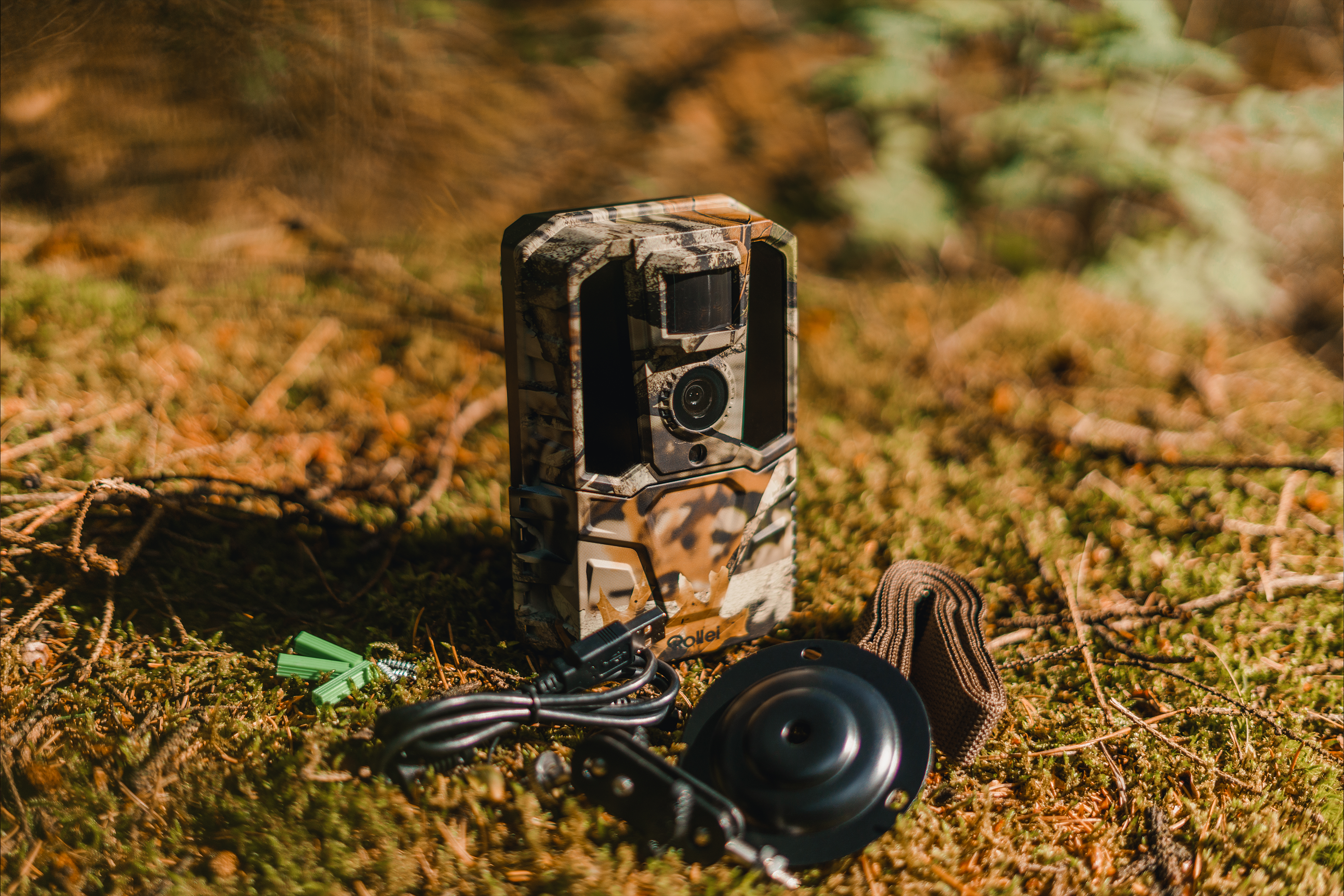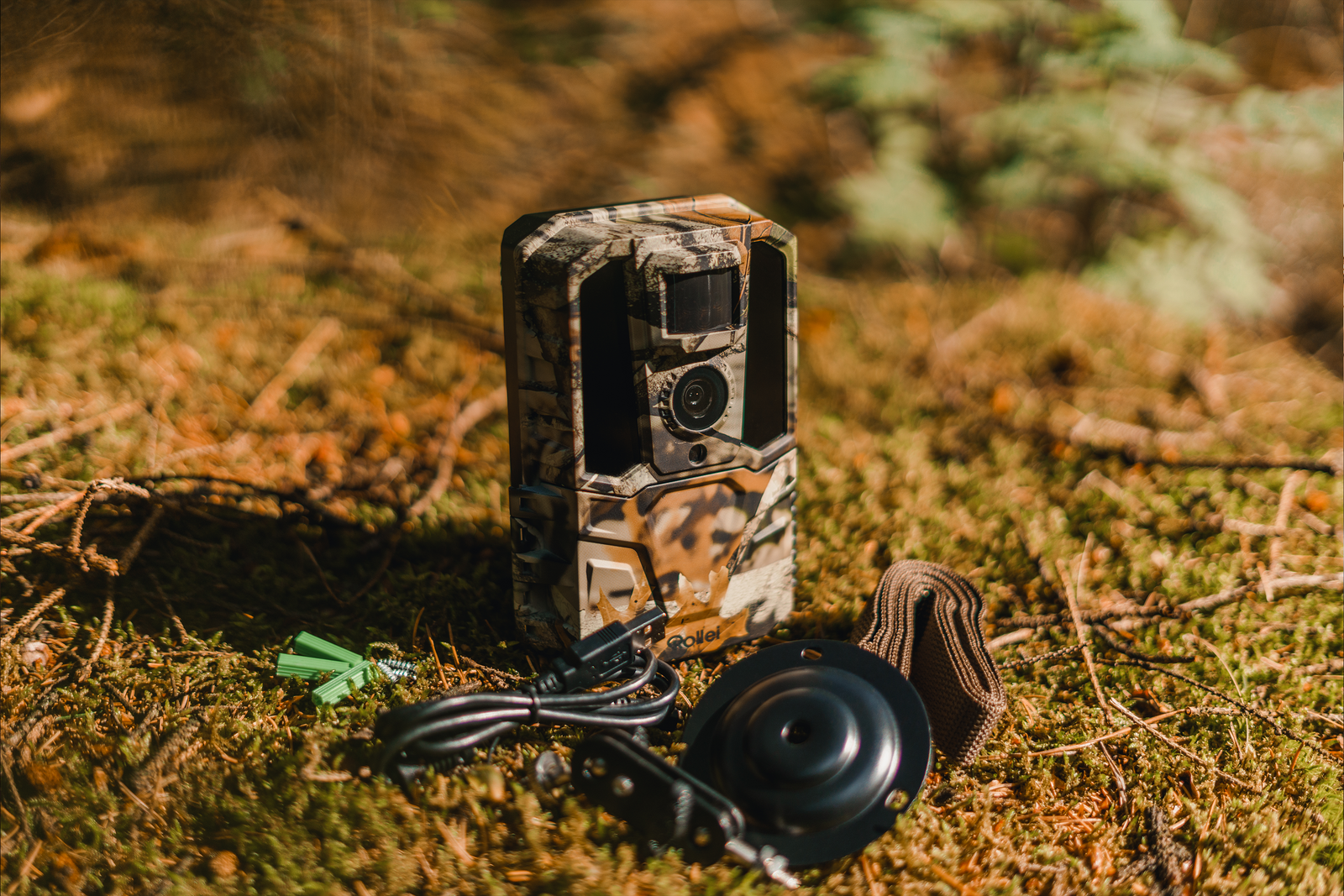Wildlife cameras are an indispensable tool for Nature observer, hunter, researcher and even for them Security of property. These specialized cameras are designed to work in the wild autonomous to work, take pictures or videos automatically when they detect movement or heat sources. But what makes a wildlife camera and how to use it correctly and responsibly. This blog post sheds light on the world of wildlife cameras and gives valuable tips for those interested..
What are wildlife cameras?
Wildlife cameras are robust, weatherproof Cameras designed for long-term outdoor use. You have Motion sensors, which are triggered as soon as an animal (or human) enters their detection range. Modern wildlife cameras can take high-quality photos or videos day or night, thanks Infrared or white light flash technology.

Where can you use a wildlife camera?
The possible uses of wildlife cameras are diverse. They range from the Wildlife observation and research, about the hunt, up to the Monitoring of property. Researchers use them to collect data about animal populations or behavior patterns without disturbing the natural habitat. Hunters, in turn, use trail cameras to monitor game movements and activities in their hunting areas. In the area of security, they help to identify unwanted visitors on private property.

Which general conditions should be taken into account?
The use of wildlife cameras is subject to restrictions in many countries specific laws and regulations. In general, it is important to respect the privacy of others and not to hang cameras in areas where they could film people unnoticed. Check local laws and regulations before installing a trail camera.
What should you pay attention to when buying a wildlife camera?
When buying a wildlife camera, you should pay attention to the following features:
- Resolution: Higher resolution, typically measured in megapixels (MP), results in more detailed images and videos. For clear and sharp images, one is recommended Resolution of at least 12 MP for photos and 1080p for videos. Some high-end models even offer 4K video resolution, which is particularly useful when you want to capture animals in their natural habitat with maximum detail.
- Trigger time: The trigger time, often measured in seconds, should be as short as possible, ideally under one second. This ensures that the camera reacts quickly enough to capture animals in motion before they leave the detection area. Models with one Trigger time from 0.2 to 0.5 seconds are considered very good in this area.
- Detection range: The detection range, also known as detection distance and angle, should be wide enough to cover a large area. A typical detection angle is between 40 and 1100°, while the detection distance up to 30 meters or more can be. A larger area increases the chances of detecting animals, especially in open spaces.
- -Battery Life: Battery life is critical as trail cameras are often installed in remote areas without regular maintenance. Look for models that will last for several months to a year on one set of batteries. The use of AA batteries or even solar panels can improve service life and reliability.
- Storage options: Adequate storage space is important to ensure the camera can store recordings for an extended period of time. Many cameras support SD cards with a capacity of up to 32 gigabytes or more. Some models also offer Cloud storage options that enable remote access to images and videos and provide a secure and convenient storage solution.
- Weatherproofing: The robustness and weatherproofing of a wildlife camera is essential to withstand extreme weather conditions. Pay attention to models with one IP rating (Ingress Protection), which indicates how well the camera is protected against the ingress of solid objects (e.g. dust) and liquids (e.g. water). One IP67 or IP68 rating is ideal as it guarantees protection against dust and immersion in water.
Which quality is the best?
A good wildlife camera is characterized by one high image quality, reliability, one fast release time, one long battery life and easy operation. Additional features such as GPS tagging, Wi-Fi or cellular connectivity can also be beneficial.
The prices for wildlife cameras vary greatly, depending on the range of functions. Entry-level models are already available for under 100 euros, while more professional cameras with extended functions can cost 500 euros and more.
What should be taken into account during assembly?
The assembly should be at a height of approx 1 to 2 meters take place with a view to the area to be monitored. The camera should be well camouflaged and permanently installed to avoid being discovered or damaged by animals. Some models make noise when triggered, which can be annoying in some situations.

Infrared flash vs. white light flash Which should you taken?
Infrared flash is suitable for most applications Wildlife watching to be preferred as it disturbs animals less and enables unobtrusive recordings in the dark. White light flash offers though colored night shots, can but Deter animals or draw attention to the camera.

If you're ready to explore the hidden world of wildlife or effectively monitor your property, now is the perfect time to get started with a trail camera. By purchasing one high quality camera Not only can you capture the beauty of nature from a completely new perspective, but you can also gain valuable insights into the wildlife in your area. Take the first step into a fascinating hobby or improve your security measures by purchasing a wildlife camera.
And once you've captured amazing shots, don't forget to share your experiences and discoveries with the world! use #rolleiwildkamera on social media to share your pictures with us.

